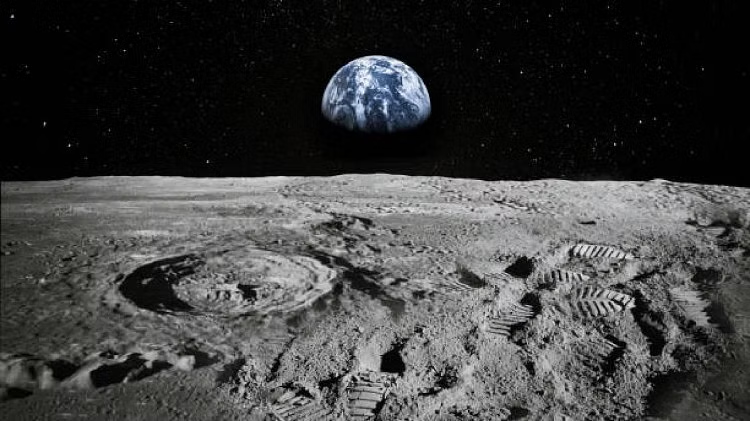India's Chandrayaan-3 is continuously moving towards its mission. Chandrayaan-3's lander and propulsion module separated from each other while crossing an important milestone on Thursday. Now both are traveling to the moon separately as per the plan.

With this, the lander of Chandrayaan-3 has now reached closer to the moon. It will make a soft landing on the Moon on 23 August. What is Chandrayaan-3 after all? What just happened in this mission? What is the next stop of Chandrayaan-3? What will Chandrayaan 3 do on the surface of the Moon? Understand...
First, know what is Chandrayaan-3.
Chandrayaan-3 mission is the next phase of Chandrayaan-2, which will land on the lunar surface and conduct tests. It consists of a propulsion module, a lander, and a rover. Chandrayaan-3's focus is on a safe landing on the lunar surface. New equipment has been created for the success of the mission. The algorithms have been improved. The reasons for which the Chandrayaan-2 mission could not land on the lunar surface have been focused on.
When was the launch?
Chandrayaan-3 took off from the Sriharikota Center on July 14 at 2:35 pm and if all goes according to plan, it will land on the lunar surface on August 23. The mission is being sent to that part of the Moon, which is called the Dark Side of the Moon. This is because this part does not come in front of the earth.
What just happened in this mission?
There was good news on Thursday for India's Chandrayaan-3 mission. According to the plan, the lander and propulsion module of Chandrayaan-3 are traveling to the moon separately by dividing into two pieces. ISRO tweeted that the propulsion module can continue its journey in the current orbit for months or years. The propulsion module carries the Spectro-Polarimeter of Habitable Planet Earth (SHAPE) payload to conduct spectroscopic studies of Earth's atmosphere and measure the variation in polarization from clouds on Earth. This will give us information about whether the Moon is habitable or not.
Why was this process important?
M Annadurai, who was the project director of Chandrayaan-1, says that the separation of the lander module is a big opportunity. Now we will know how the lander is doing. The lander will now be certified and tested, after which it will be slowly brought closer to the moon. It will then be given the necessary instructions, so that it takes the signal to move to the target location and make a safe landing on August 23.
What's the next step in the mission?
In the next phase of the mission, now the lander module will be delivered to the lower orbit of the moon today. The agency said in a statement that it will be lowered further into the lunar orbit at 4 pm on Friday. After this process, the lander module will descend from the present near-circular orbit of 153 x 163 km towards the lunar surface.
In total, the lander will carry out two orbit-lowering exercises on its own. It will first enter a circular orbit of 100 x 100 km and then move closer to the Moon in an orbit of 100 x 30 km. From this orbit, on August 23, the lander will start its final exercise to land on the moon.
Important changes have been made to the lander module of Chandrayaan-3 for soft landing this time. It has reinforced legs to deal with any unexpected impact. It also gets more equipment, updated software, and a bigger fuel tank. These tools will be vital in case any last-minute changes have to be made.
What will Chandrayaan 3 do on the surface of the Moon?
The Chandrayaan-3 mission consists of a lander, a rover, and a propulsion module. The lander and rover will land on the south pole of the moon and conduct experiments for 14 days. Whereas the propulsion module will study the radiations coming from the lunar surface by staying in the lunar orbit. Through this mission, ISRO will detect water on the lunar surface and will also know how earthquakes occur on the lunar surface. Former ISRO scientist Annadurai says, "The south pole region of the moon is also being explored because there may be a possibility of the presence of water in the permanently shadowed regions around it."
(PC: iStock)










